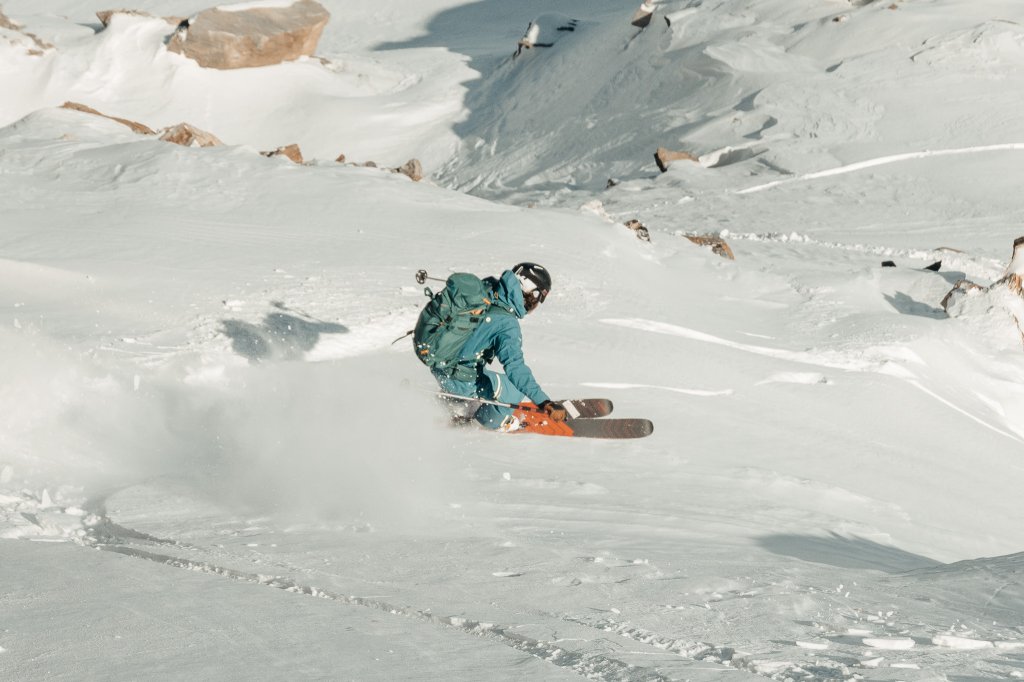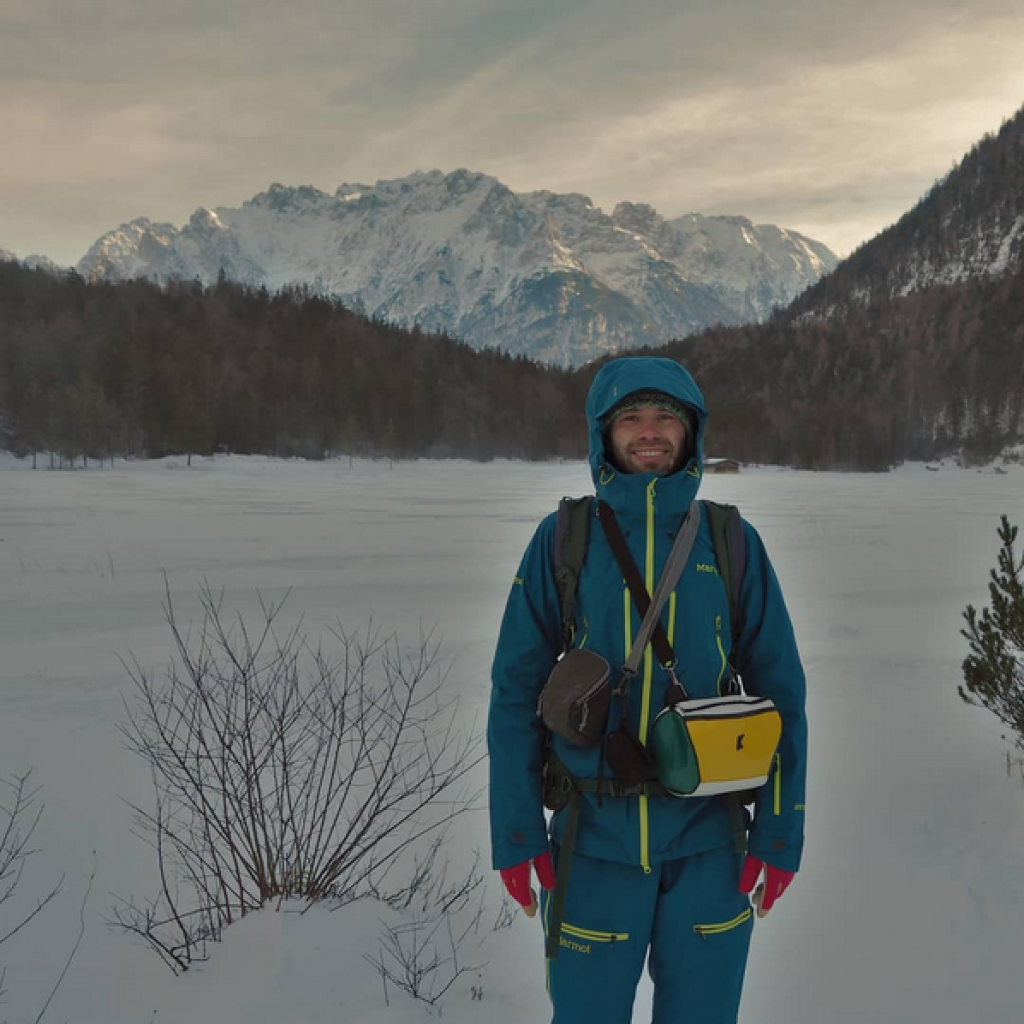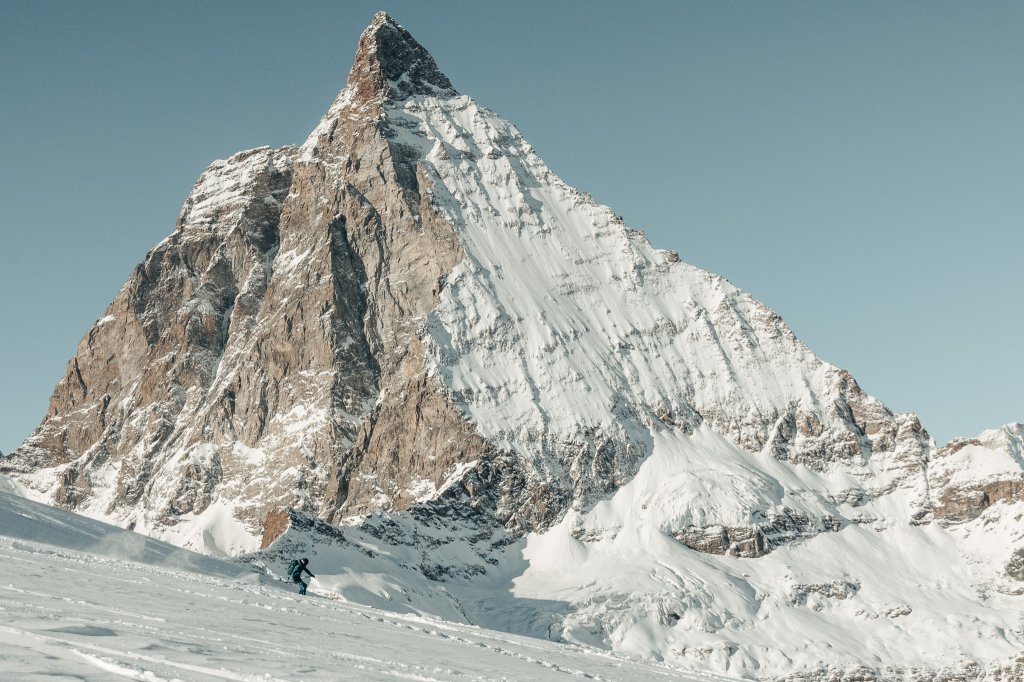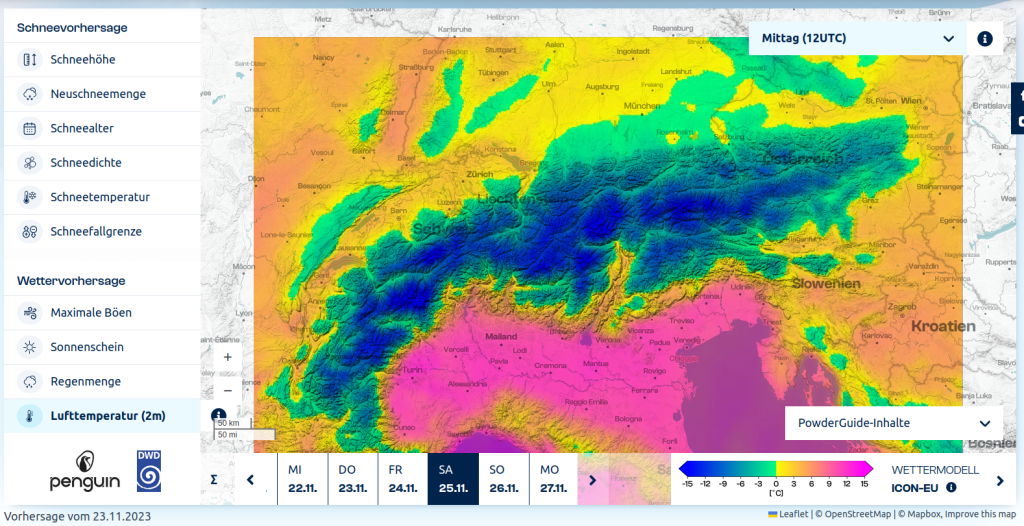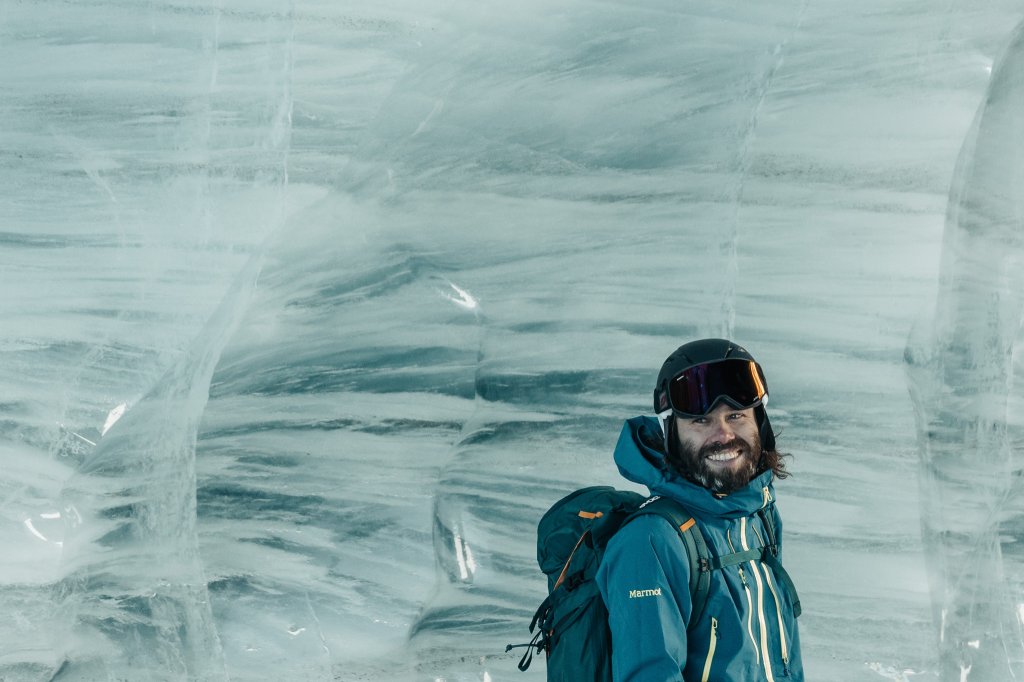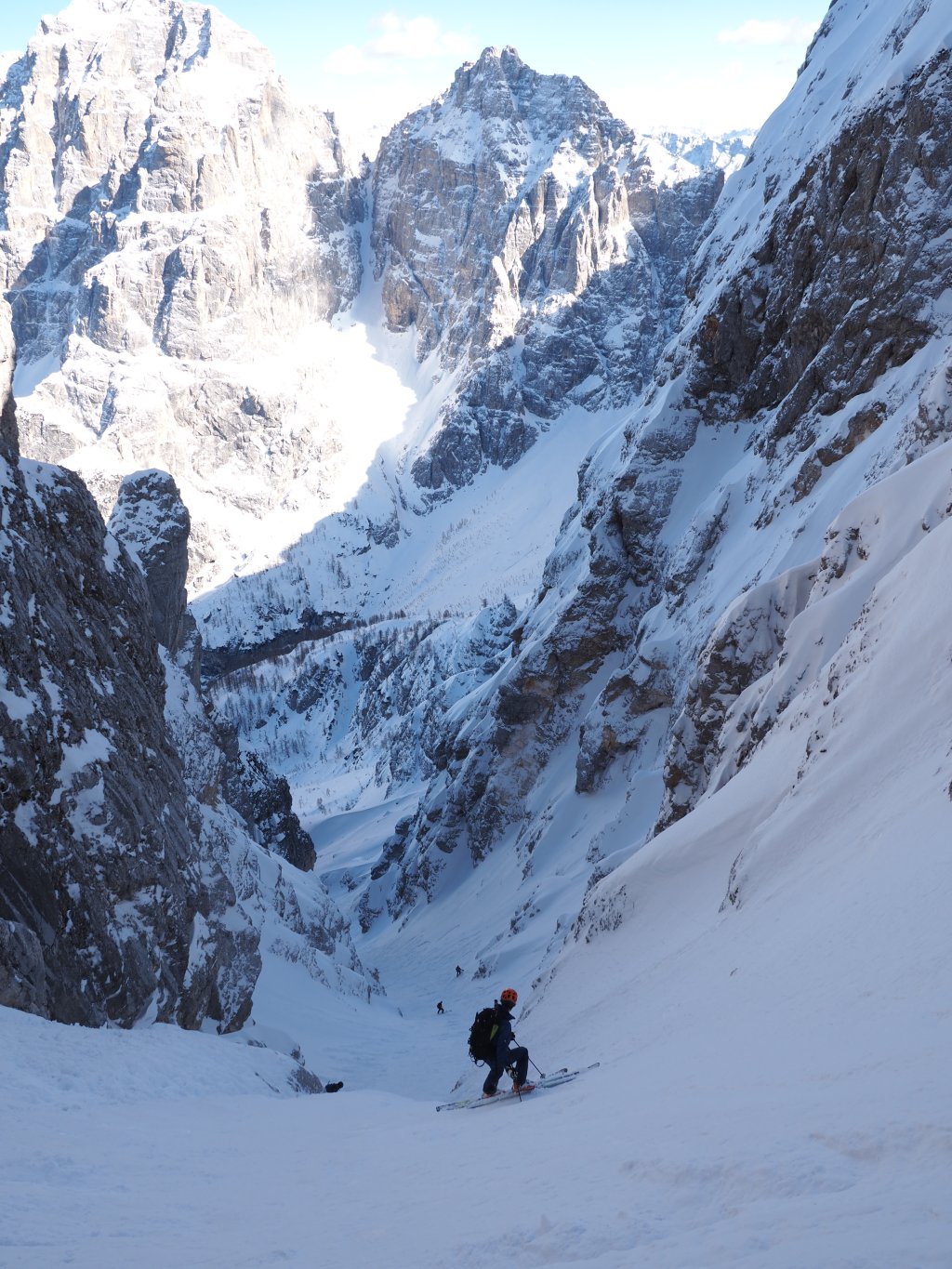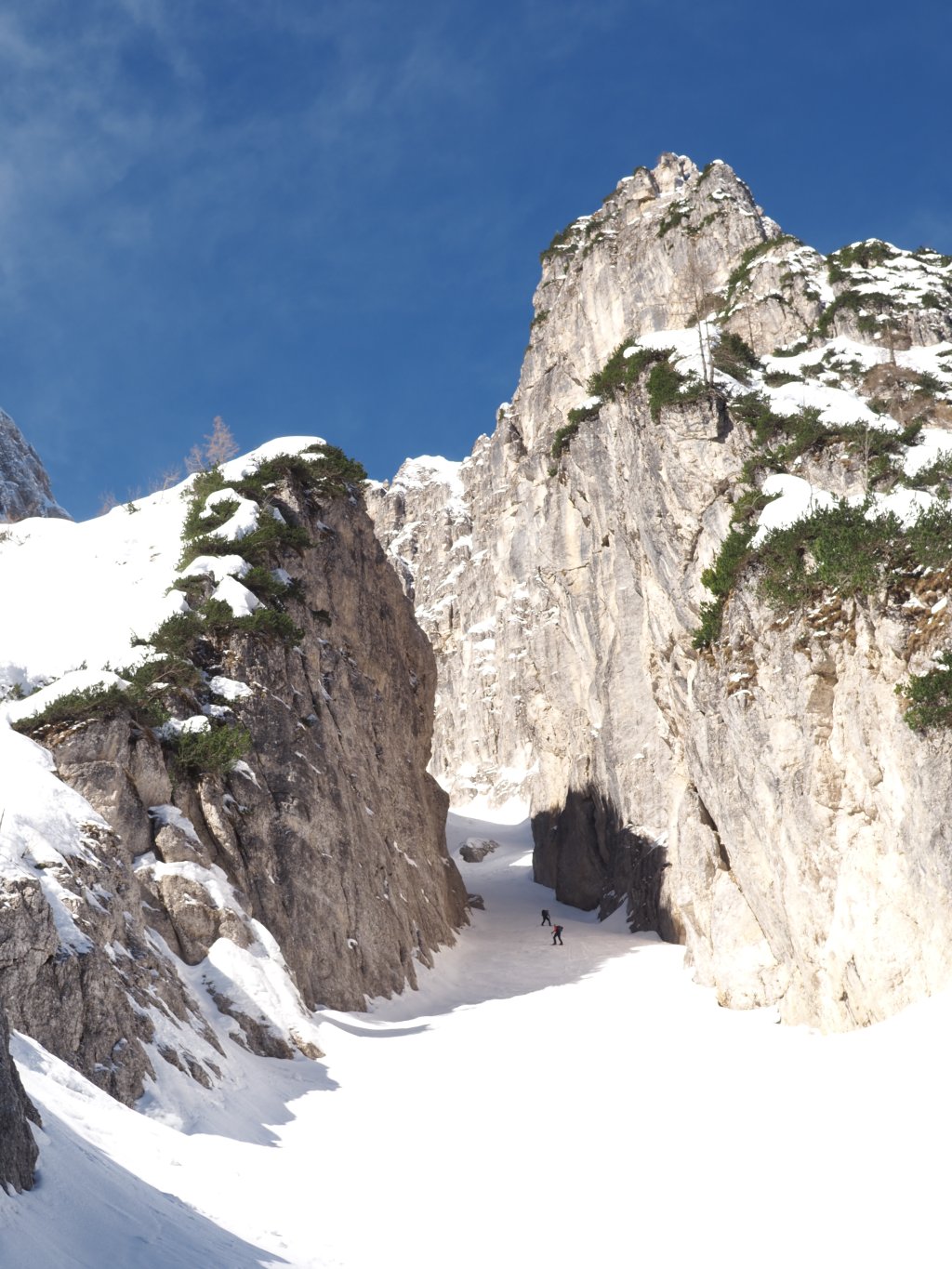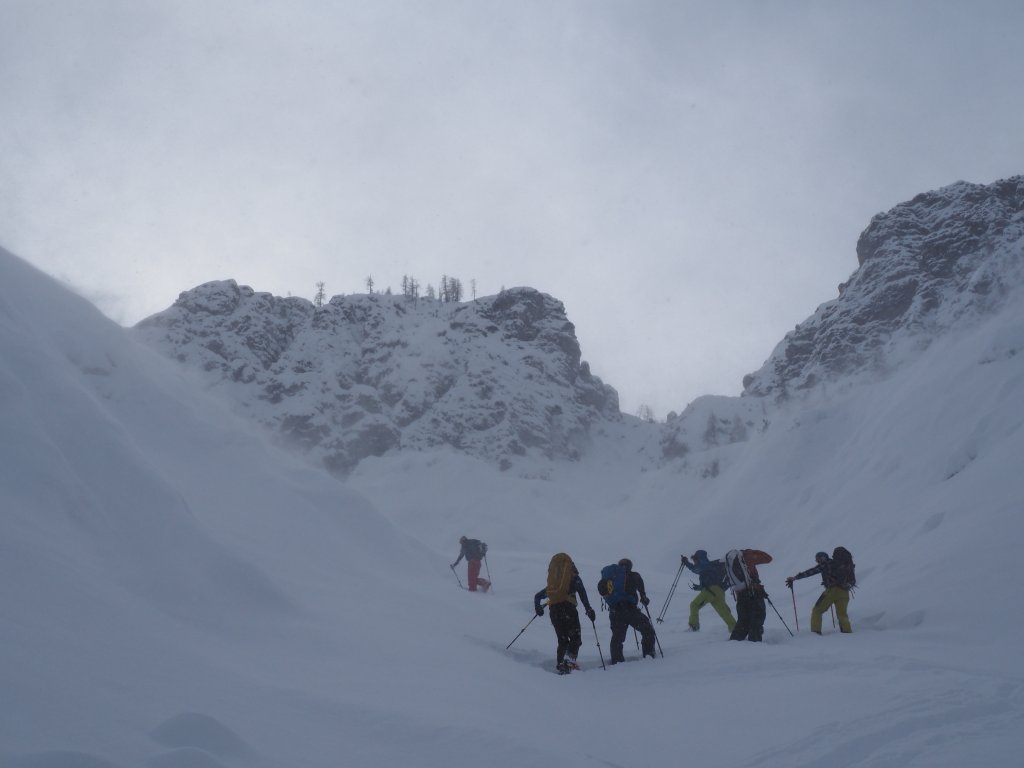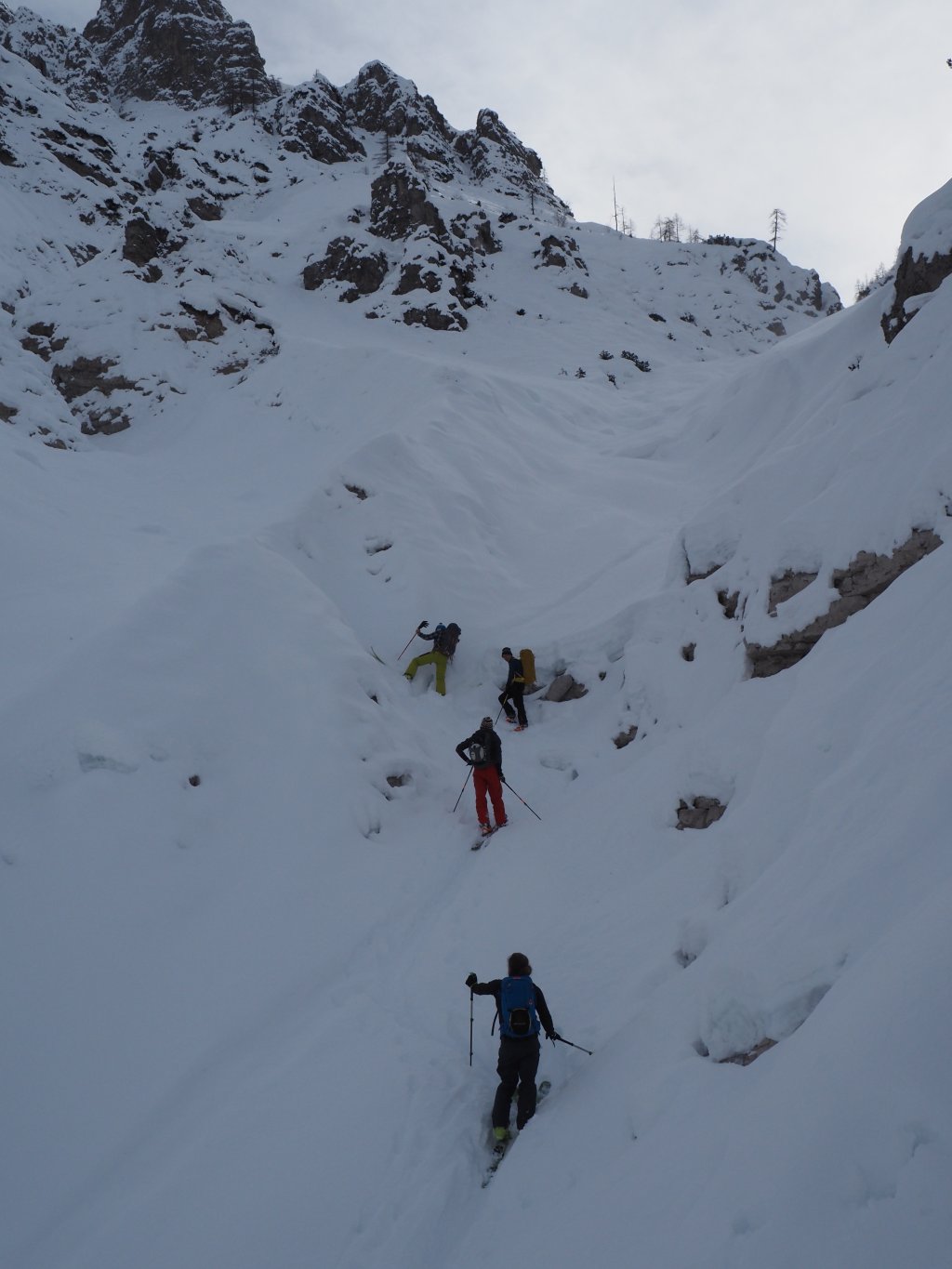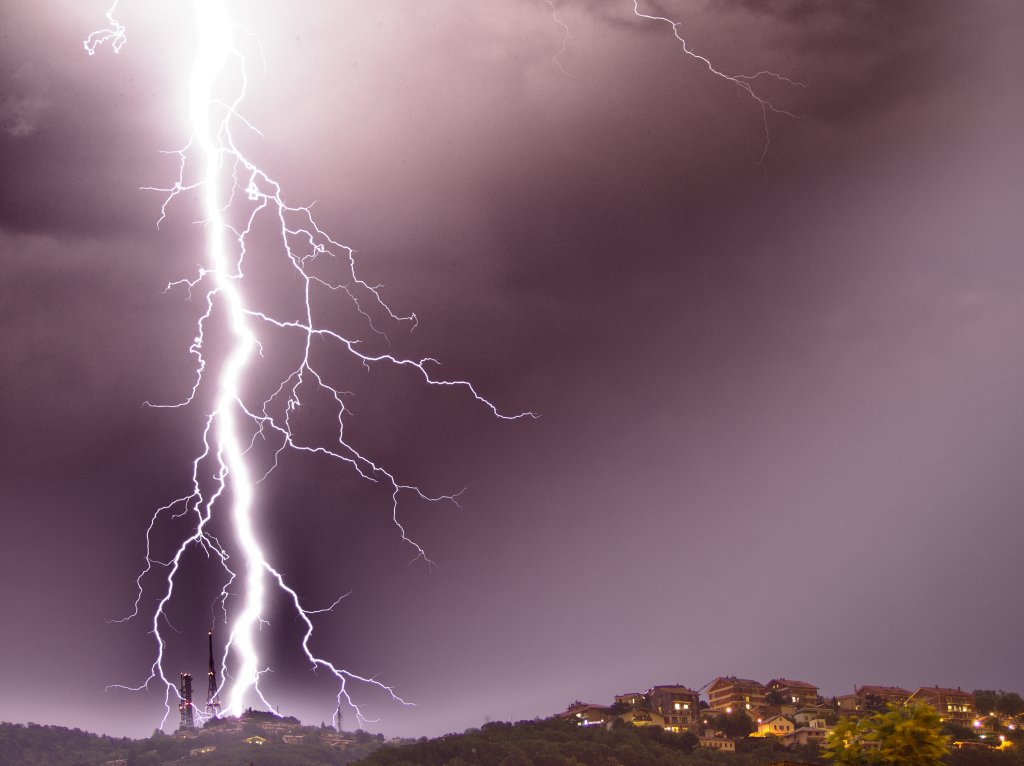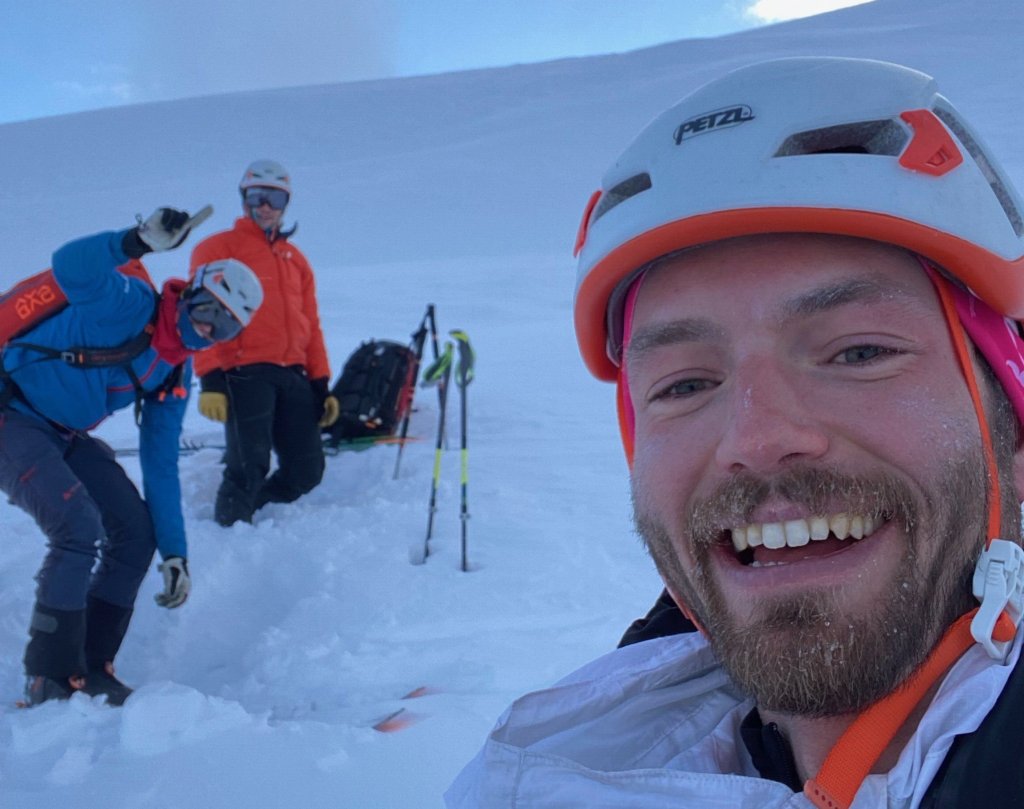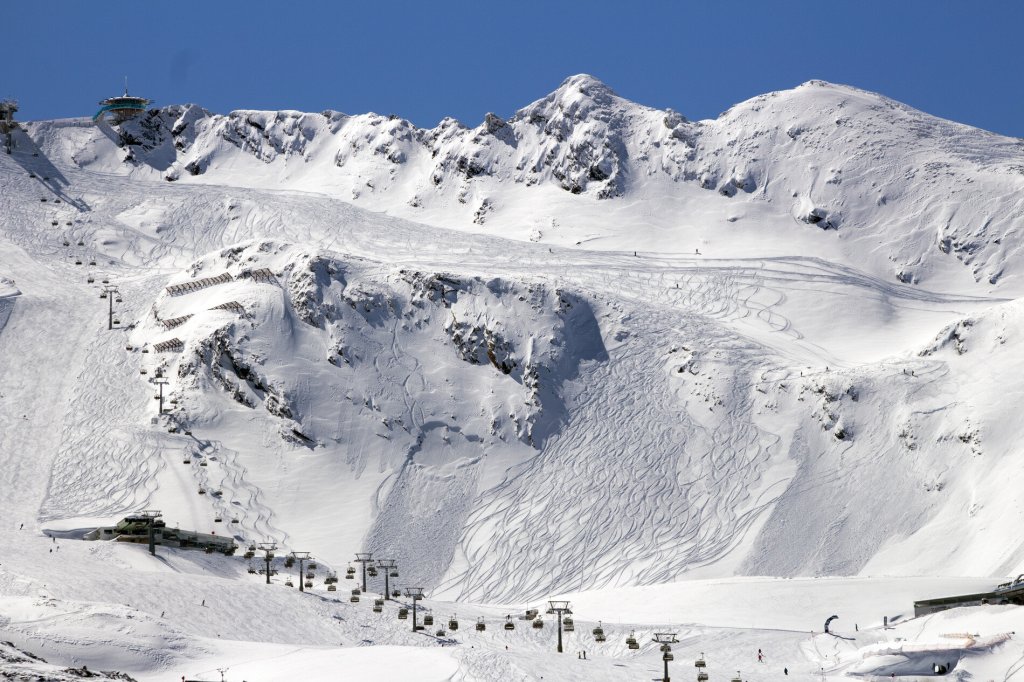Hi Sebastian! Nice that we can meet for an interview where we will learn all about the new weather maps at PowderGuide and how they are created.
But first a little bit about you. Where are you from, what do you do, why are you drawn to the winter mountains and how did you come to PowderGuide?
Ciao Lorenzo, the pleasure is all mine. I grew up in a small town in Lower Bavaria and learnt to ski from a very young age in the Bavarian forest. I now live on the southern side of the Alps and consider the Julian Alps and the Friulian Dolomites to be my local mountains. I've known PG for what feels like forever. At some point I ordered ski straps and asked why the "videos of the week" were no longer available... and then it took its course!
Let's move on to the weather. You studied meteorology and your research focuses on regional and high-resolution climate models. How did this come about and what is it that you are particularly interested in?
I started by studying physics at the LMU in Munich, and after two semesters I wanted more nature in physics and switched to a B.Sc. in physics plus meteorology. That worked out really well straight away and I've been working in research ever since, with convective clouds as the primary topic. Understanding the weather phenomena that constantly surround us is a special attraction, and the complexity of our atmosphere is a never-ending challenge.
With that background, it's an obvious connection, and you've also taken over the weather blog for part of the last few winters. Nevertheless, how did it come about that you took care of the new weather content at PowderGuide, and what was the process like?
That wasn't even planned at first. I was involved in the redesign of our website and at some point the question arose as to how our weather service should be organised. There was even a discussion about whether we should perhaps suspend it for cost reasons. I then suggested exploring the feasibility of an independent PG weather service and contacted the DWD (German Weather Service) and was immediately told that all their forecasts were freely available. Then I was able to create the well-known forecast products without any problems, and then we pretty much agreed that this was feasible and could be worthwhile.
Let's move on to the new page and the weather content on PowderGuide, what products can I find on the new page?
Yes, we find everything that our community already knows: snow depths and their changes, sunshine duration and of course the amount of new snow. Then we also found variables in the output data that describe the condition of the modelled snow cover: snow age, snow density and snow temperature. These can (to the best of my knowledge) only be found here. We round off our range with the snow line, the maximum gusts, the amount of rain and the air temperature near the ground, and finally we also have ensemble models in our repertoire!
